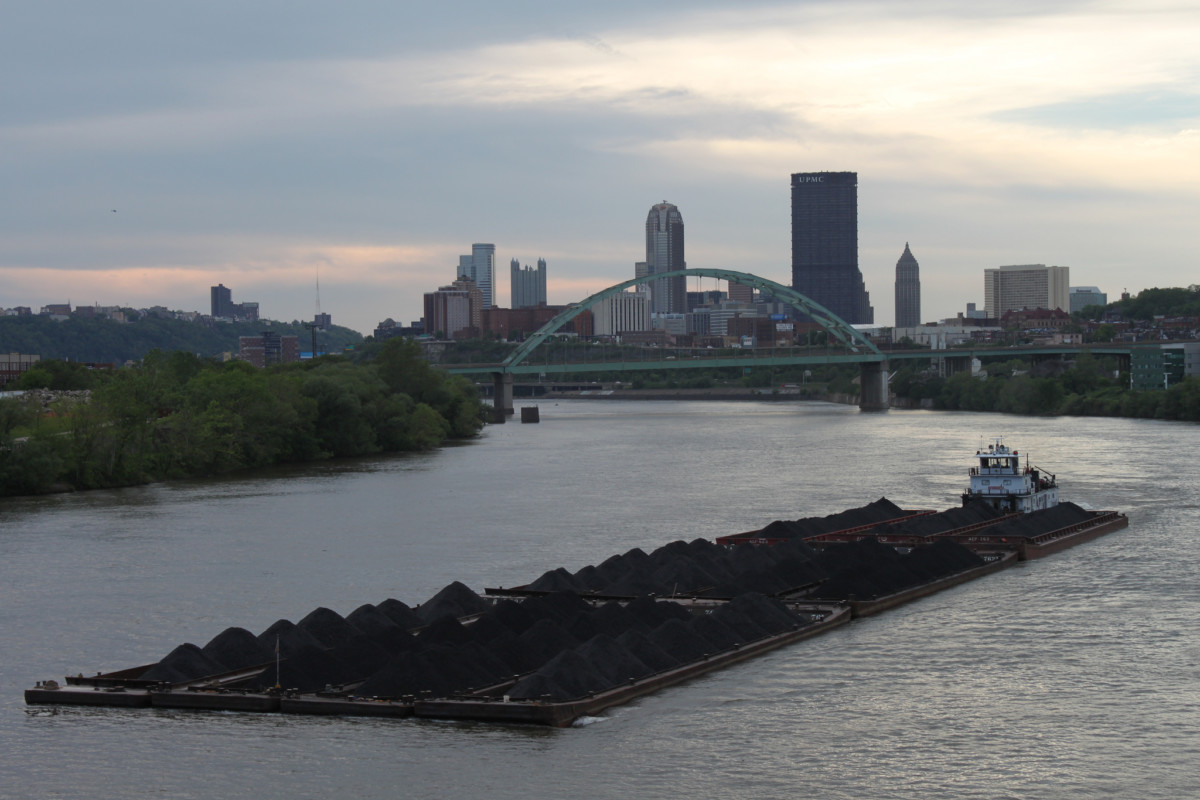Pittsburgh, PA — A new network of cameras installed by researchers at Carnegie Mellon University will provide live, 24-hour monitoring of visible air pollution from some of the region’s largest polluters.
Researchers say the cameras will improve residents’ and government officials’ ability to detect, monitor and document sources of visible air pollution, including “fugitive emissions”—air pollution that occurs episodically and doesn’t necessarily escape through a smokestack. The color of emissions also provides clues as to its chemical makeup and where it travels after released.
Air quality is a persistent problem in the region: The American Lung Association’s annual “State of the Air” report for 2018, which uses a report card-style grading system, gave Allegheny County F grades for ozone, daily particulate matter levels and long-term particulate matter levels. It was one of just 10 counties in the nation to score F grades in all three categories.
The high-resolution cameras are trained on three plants in U.S. Steel’s Mon Valley Works Monongahela Valley operations: the Clairton coke works plant, the Edgar Thomson Plant in Braddock, and the Irvin Plant in West Mifflin. An earlier report from PennEnvironment indicates that 70 percent of Pittsburgh’s air pollution comes from just 10 industrial sources.
Clairton Coke Works is the third largest emitter in the region, and had at least 6,700 air pollution violations over a three-year span between 2012 and 2015, according to an Allegheny County Health Department report. Clairton also has higher rates of childhood asthma than the rest of the county or state.
The project, termed Breathe Cam, was launched by Carnegie Mellon University’s CREATE Lab and the Breathe Project with support from the Heinz Endowments*. Previously, Breathe Cams were pointed at the Shenango Coke Works plant on Neville Island. Before that plant shut down in 2016, the live-footage of fugitive emissions captured by the cameras resulted in citations for violating county air regulations. In the year after the plant closed, emergency room visits for asthma dropped 38 percentin surrounding neighborhoods.
The Breathe Cam project was launched in response to citizen reports to CREATE Lab’s SmellPGH app, which allows residents to report bad smells in the air and any health symptoms accompanying them and delivers those reports directly to the Allegheny County Health Department.
“We hope to get a better idea about what is happening by observing three of the [Monongahela] Valley’s largest pollution sources,” Randy Sargent, who directs Breathe Cam for the CREATE Lab, said in a press statement. Though all three U.S. Steel plants already are monitored by the health department, the cameras make it easier to detect fugitive emissions and to visually inspect what emissions looked like during times when a high volume of reports have been submitted through the SmellPgh app.
“Many of the smells being reported appear to emanate from the Mon Valley, based on the report locations, prevailing winds and prevalence of pollution-trapping temperature inversions in the river valley,” Sargent said.
The live feed can be viewed on the Breathe Project website.
*EHN also receives funding from the Heinz Endowments.
Join us in defending the truth before it’s too late
The future of independent journalism is uncertain, and the consequences of losing it are too grave to ignore. To ensure Truthout remains safe, strong, and free, we need to raise $29,000 in the next 36 hours. Every dollar raised goes directly toward the costs of producing news you can trust.
Please give what you can — because by supporting us with a tax-deductible donation, you’re not just preserving a source of news, you’re helping to safeguard what’s left of our democracy.
